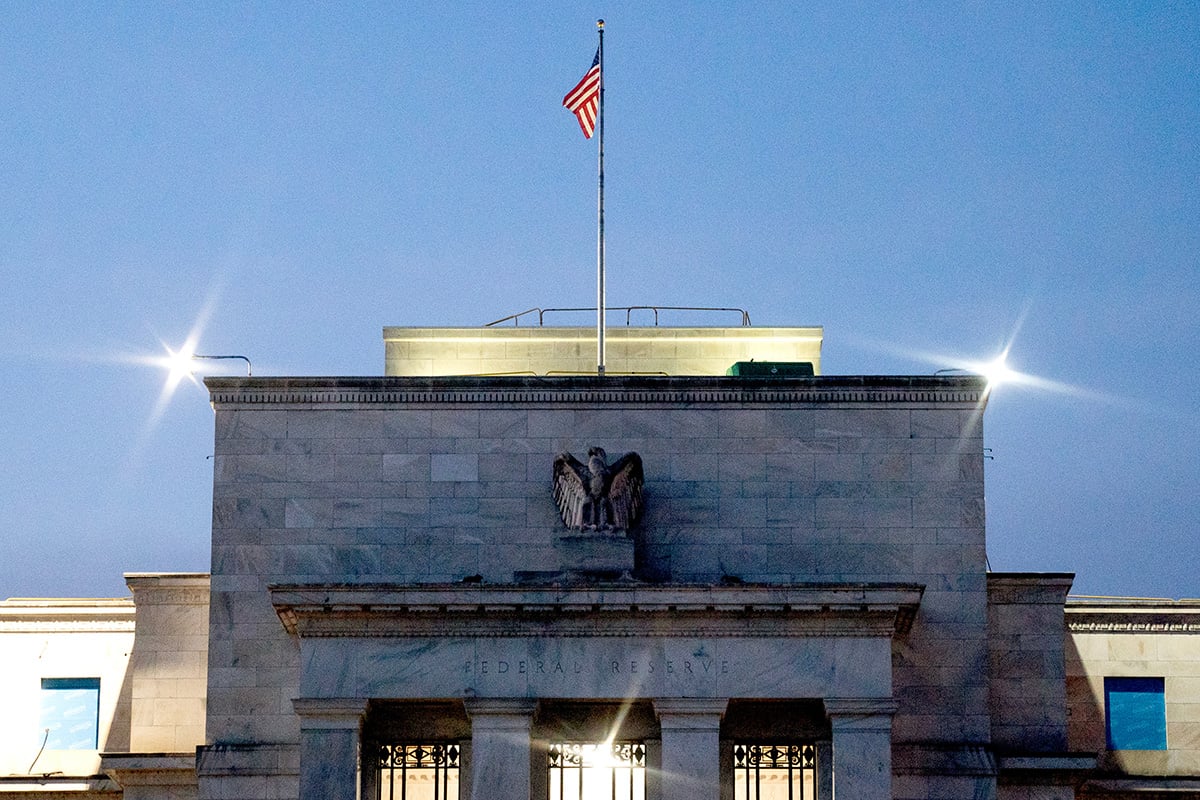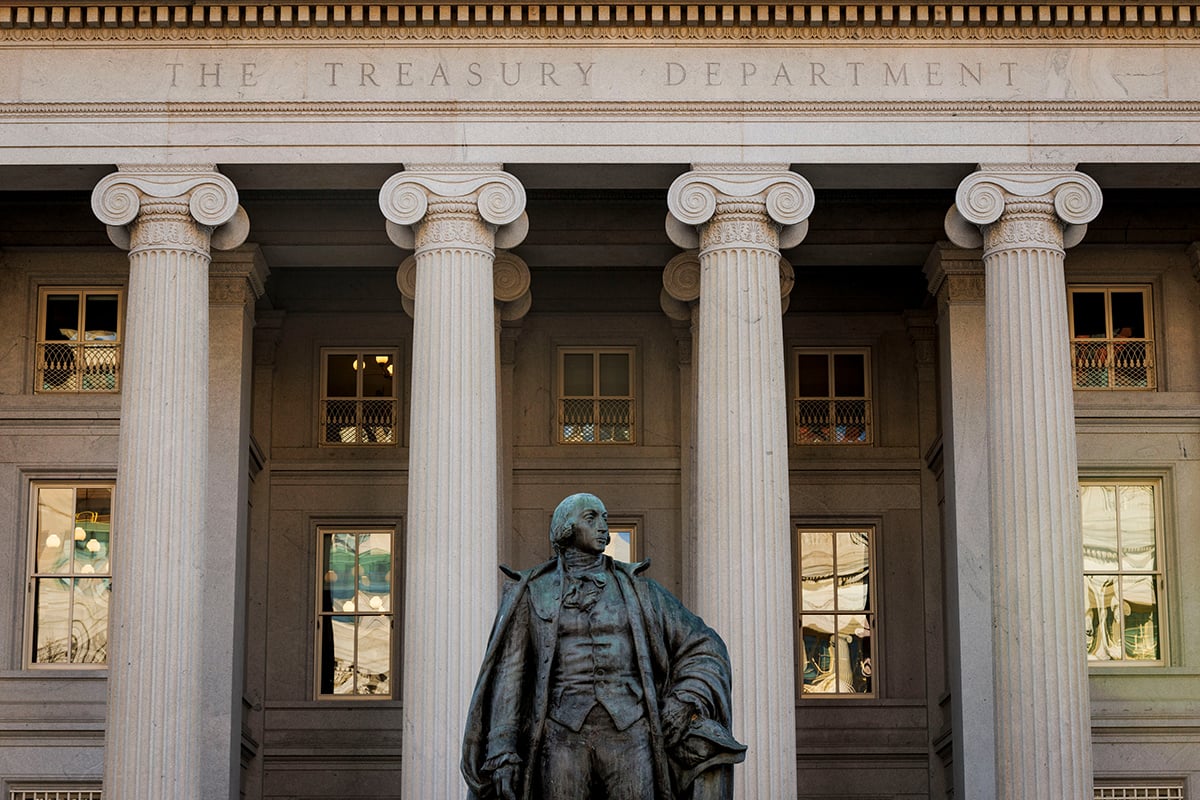It's rarely been a better time for borrowers with good credit to tap into the bond market. In fact, the same is true for borrowers with dodgy credit.
It's not just U.S. Treasuries that are seeing near-historic-low yields. Once-radioactive sovereign markets like Greece, high-tax U.S. states like New York and California, and corporate borrowers from investment grade to junk are being rewarded with yields that are barely above benchmarks.
With the record-long U.S. economic expansion on course to enter a 12th year, a swollen supply of investor capital flooding into markets is shrinking or eliminating risk premiums throughout the fixed-income landscape. It's not that investors are oblivious to the eye-popping valuations. In fact, "bond bubble pops" was the second-most-cited risk in Bank of America's latest survey of fund managers. Regardless, many investors ask: What choice do they have but to keep on buying?
Complete your profile to continue reading and get FREE access to Treasury & Risk, part of your ALM digital membership.
Your access to unlimited Treasury & Risk content isn’t changing.
Once you are an ALM digital member, you’ll receive:
- Thought leadership on regulatory changes, economic trends, corporate success stories, and tactical solutions for treasurers, CFOs, risk managers, controllers, and other finance professionals
- Informative weekly newsletter featuring news, analysis, real-world case studies, and other critical content
- Educational webcasts, white papers, and ebooks from industry thought leaders
- Critical coverage of the employee benefits and financial advisory markets on our other ALM sites, PropertyCasualty360 and ThinkAdvisor
Already have an account? Sign In Now
*May exclude premium content© 2025 ALM Global, LLC, All Rights Reserved. Request academic re-use from www.copyright.com. All other uses, submit a request to [email protected]. For more information visit Asset & Logo Licensing.





